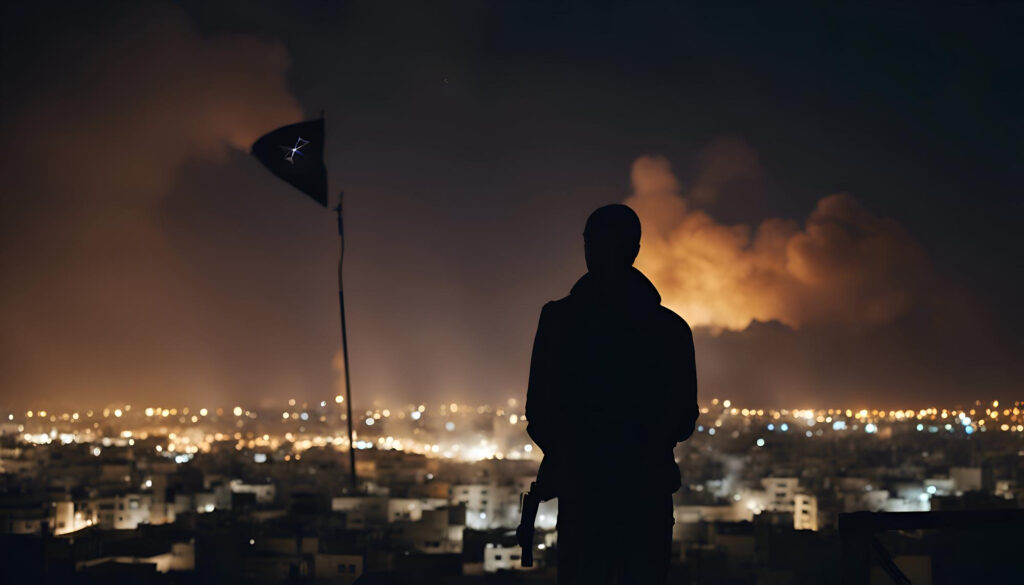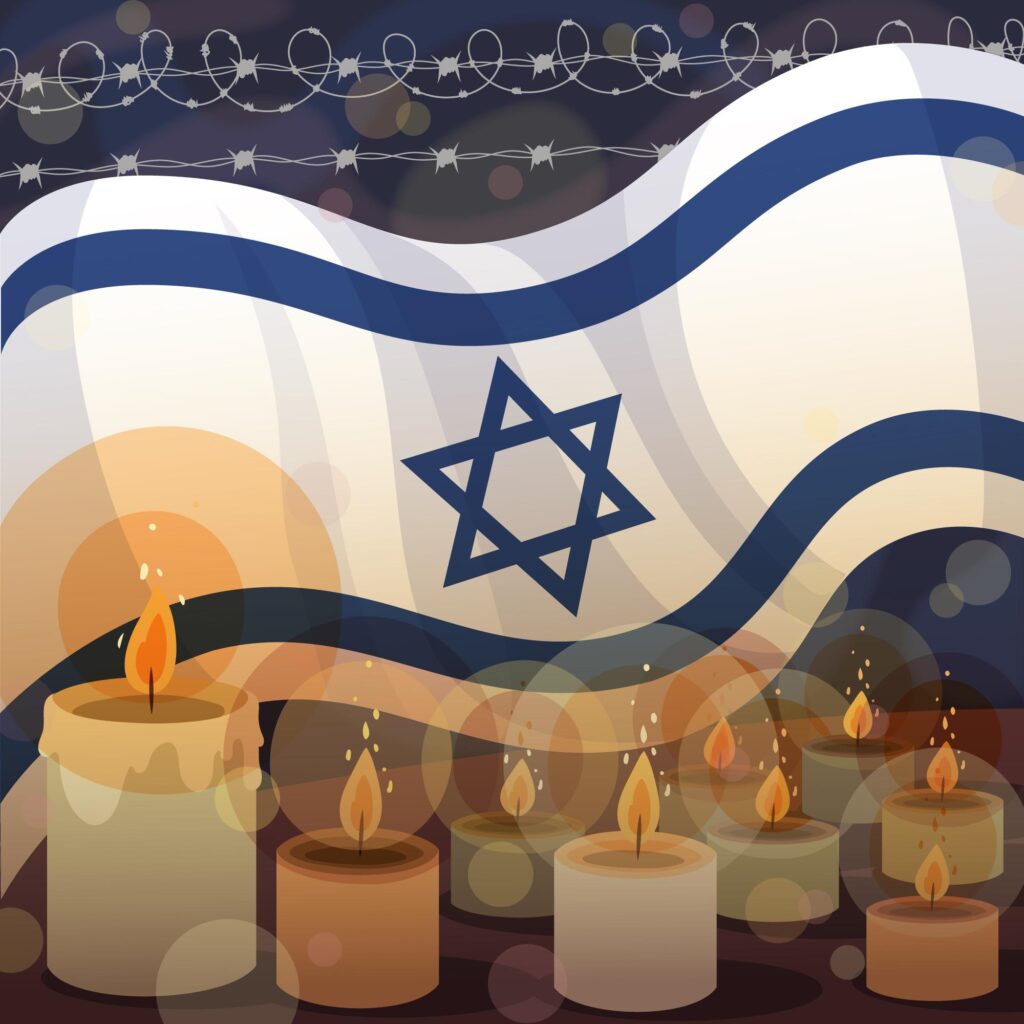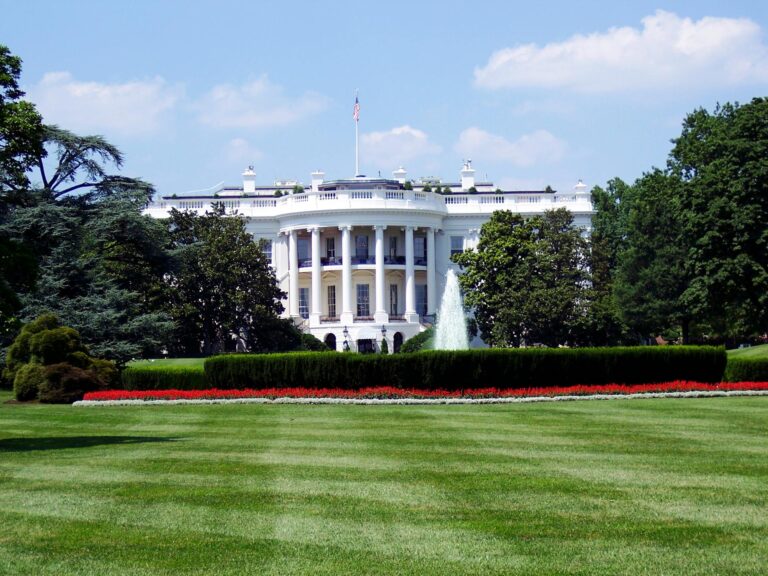
Designed by Freepik.com

The Israeli army announced on Wednesday that eight of its soldiers were killed in combat in southern Lebanon with Hezbollah as forces advanced into the country in an operation against the Hezbollah militant group. These casualties represent the highest toll for the Israeli military on the Lebanon front in the past year of ongoing clashes with its Iran-backed adversary. Hezbollah confirmed that its fighters were actively engaging Israeli forces inside Lebanon, marking the first reported ground clashes since Israel initiated its ground offensive. The Israeli military stated that both regular infantry and armored units were participating in the operations, following a missile strike from Iran that heightened fears of a broader conflict in the oil-rich Middle East. Iran claimed that its missile attack—its largest ever against Israel—would cease unless provoked further, while Israel and the United States vowed to retaliate strongly.
The conflict between Israel and Hezbollah has deep historical roots, shaped by regional dynamics, national identities, and external influences. It primarily stems from the broader Arab-Israeli conflict, which began in the mid-20th century, and is influenced by Lebanon’s own complex socio-political landscape.
Background and Formation of Hezbollah
Hezbollah, or the “Party of God,” was established in 1982 during the Israeli invasion of Lebanon. Initially formed as a response to the occupation and the perceived threat from Israel, Hezbollah gained significant support from Iran, which provided funding, training, and ideological backing. The group positioned itself as a resistance movement, championing the cause of Lebanese nationalism and Islamic Shia identity.
The Lebanese Civil War (1975-1990) created a power vacuum, leading to Hezbollah’s emergence as a key player in Lebanese politics. The group capitalized on the chaos, positioning itself as a defender of the Shia community and gaining substantial grassroots support. Its social services and military capabilities helped it gain prominence, particularly in the southern regions of Lebanon.
The 2000 Withdrawal and Rising Tensions
Israel’s unilateral withdrawal from southern Lebanon in May 2000 marked a significant turning point. While the withdrawal was seen as a victory for Hezbollah, it also escalated tensions between the group and Israel. The Israeli government viewed Hezbollah’s continued military build-up and occasional cross-border attacks as direct threats. In response, Israel launched a series of operations aimed at curtailing Hezbollah’s influence and military capabilities.
The 2006 Lebanon War
The conflict reached a boiling point in July 2006 when Hezbollah captured two Israeli soldiers, leading to a major Israeli military response. The ensuing month-long war resulted in widespread devastation in Lebanon and significant Israeli casualties. Over 1,000 Lebanese and 160 Israelis died, with extensive damage to infrastructure in Lebanon. The war ended with a United Nations-brokered ceasefire, but it did little to resolve the underlying issues.
Post-War Dynamics and Regional Implications
The Israeli army said on Wednesday eight of its soldiers were killed in combat in south Lebanon as its forces pushed into its northern neighbour in a campaign against the Hezbollah armed group.The losses were the deadliest suffered by the Israeli military on the Lebanon front in the past year of clashes between Israel and its Iran-backed Lebanese adversary.Hezbollah said its fighters were engaging Israeli forces inside Lebanon on Wednesday, reporting ground clashes for the first time since Israel began its ground advance.The Israeli military said regular infantry and armoured units were joining its ground operations in Lebanon, a day after Israel was attacked by Iran in a missile strike that raised concerns that the oil-producing Middle East could be caught up in a wider conflict.Iran said on Wednesday its missile volley – its biggest ever assault on Israel – was over barring further provocation, but Israel and the United States promised to hit back hard.
The Israeli army announced on Wednesday that eight of its soldiers were killed in combat in southern Lebanon as forces advanced into the country in an operation against the Hezbollah militant group. These casualties represent the highest toll for the Israeli military on the Lebanon front in the past year of ongoing clashes with its Iran-backed adversary. Hezbollah confirmed that its fighters were actively engaging Israeli forces inside Lebanon, marking the first reported ground clashes since Israel initiated its ground offensive. The Israeli military stated that both regular infantry and armored units were participating in the operations, following a missile strike from Iran that heightened fears of a broader conflict in the oil-rich Middle East. Iran claimed that its missile attack—its largest ever against Israel—would cease unless provoked further, while Israel and the United States vowed to retaliate strongly.
The conflict between Israel and Hezbollah has deep historical roots, shaped by regional dynamics, national identities, and external influences. It primarily stems from the broader Arab-Israeli conflict, which began in the mid-20th century, and is influenced by Lebanon’s own complex socio-political landscape.
Background and Formation of Hezbollah
Hezbollah, or the “Party of God,” was established in 1982 during the Israeli invasion of Lebanon. Initially formed as a response to the occupation and the perceived threat from Israel, Hezbollah gained significant support from Iran, which provided funding, training, and ideological backing. The group positioned itself as a resistance movement, championing the cause of Lebanese nationalism and Islamic Shia identity.
The Lebanese Civil War (1975-1990) created a power vacuum, leading to Hezbollah’s emergence as a key player in Lebanese politics. The group capitalized on the chaos, positioning itself as a defender of the Shia community and gaining substantial grassroots support. Its social services and military capabilities helped it gain prominence, particularly in the southern regions of Lebanon.
The 2000 Withdrawal and Rising Tensions
Israel’s unilateral withdrawal from southern Lebanon in May 2000 marked a significant turning point. While the withdrawal was seen as a victory for Hezbollah, it also escalated tensions between the group and Israel. The Israeli government viewed Hezbollah’s continued military build-up and occasional cross-border attacks as direct threats. In response, Israel launched a series of operations aimed at curtailing Hezbollah’s influence and military capabilities.
The 2006 Lebanon War
The conflict reached a boiling point in July 2006 when Hezbollah captured two Israeli soldiers, leading to a major Israeli military response. The ensuing month-long war resulted in widespread devastation in Lebanon and significant Israeli casualties. Over 1,000 Lebanese and 160 Israelis died, with extensive damage to infrastructure in Lebanon. The war ended with a United Nations-brokered ceasefire, but it did little to resolve the underlying issues.
Post-War Dynamics and Regional Implications
In the years following the war, Hezbollah solidified its power in Lebanon, participating in the political process while maintaining a robust military presence. The group became increasingly involved in regional conflicts, notably supporting the Assad regime during the Syrian Civil War. This involvement further complicated the dynamics in the region, drawing criticism from Israel and its allies.
Recent Escalations
Tensions have continued to simmer, punctuated by periodic clashes along the Lebanon-Israel border. The relationship between Hezbollah and Iran has also deepened, as both share a common adversary in Israel and seek to counterbalance U.S. influence in the region. Israel, in turn, has ramped up military operations against Hezbollah, targeting its weapon stockpiles and infrastructure.
The recent escalation of violence, such as missile strikes and ground operations, reflects a dangerous cycle that could easily spiral into a broader conflict. The stakes are high, not just for Israel and Hezbollah, but for regional stability, as multiple actors—including Iran, the U.S., and various Lebanese factions—navigate this complex and often volatile landscape. The historical grievances and ongoing hostilities suggest that a lasting resolution remains elusive.
For more details, please visit: Wikipedia






